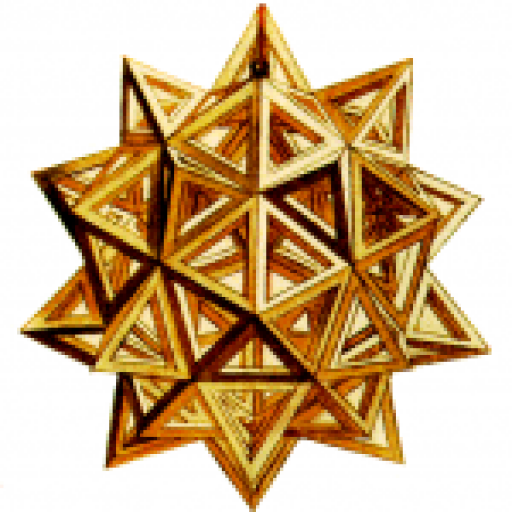About Salerno
Salerno is an ancient city in Campania in southwestern Italy. It is located on the Gulf of Salerno on the Tyrrhenian Sea.
With its privileged geographical position, it is a junction between the Amalfi and the Cilento Coast.
During the reign of Arechi II, Salerno experienced great splendour, becoming a study centre thanks to the famous School of Medicine, the oldest medical institution in western Europe. It became known for its important scientific advancements, fundamental for the evolution of modern thought.
Since 2006, over the Christmas Salerno hosts one of the most spectacular and impressive exhibition of light artworks, called Luci d’Artista.
A patron saint of Salerno is Saint Matthew, the Apostle, whose relics are kept here at the crypt of Salerno Cathedral.
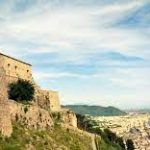
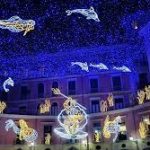
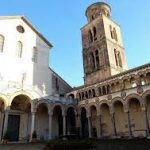
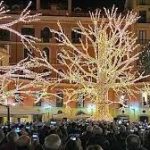
Salerno to see
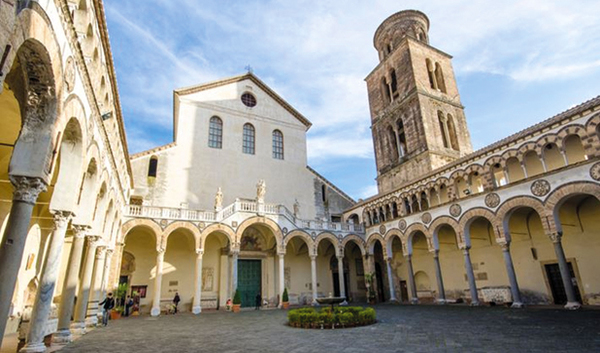
Cathedral of Salerno (Duomo di Salerno)
Salerno Cathedral is the main church in the city of Salerno in southern Italy and a major tourist attraction. It is dedicated to Saint Matthew, whose relics are inside the crypt.
The Cathedral was built when the city was the capital of the Principality of Salerno.
It was founded by Robert Guiscard and consecrated by Pope Gregory VII, officially inaugurated in March 1084.
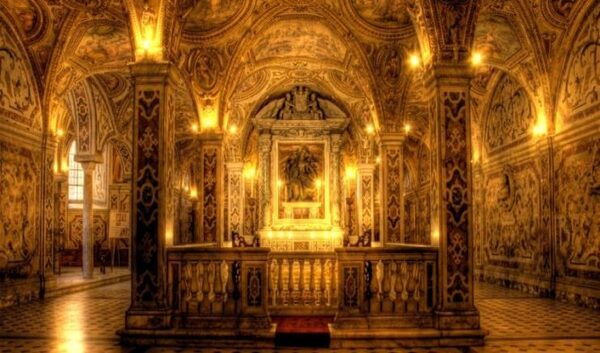
Saint Matthew's Crypt (Cripta di San Matteo)
The Crypt is the first unit in the building of the Cathedral. It contains the mortal remains of St. Matthew.
The legend of the translational wants that the relics have been brought to Salerno from Gisulfo I in the tenth century and later in 1084, when it was built the new cathedral dedicated to the evangelist, they were placed in the crypt destined to guard them.
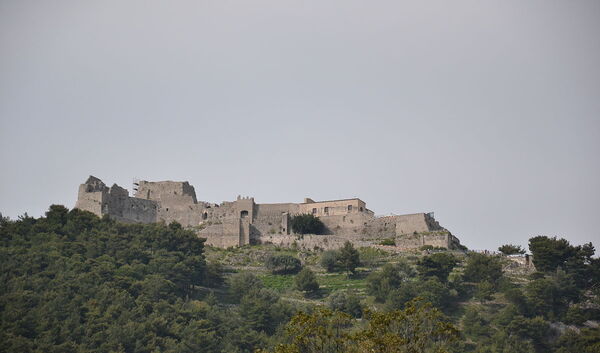
Arechi Castle (Castello Arechi)
The Arechi Castle is a medieval castle, situated at a height of about 300 meters above sea level, overlooking the city and the Gulf of Salerno.
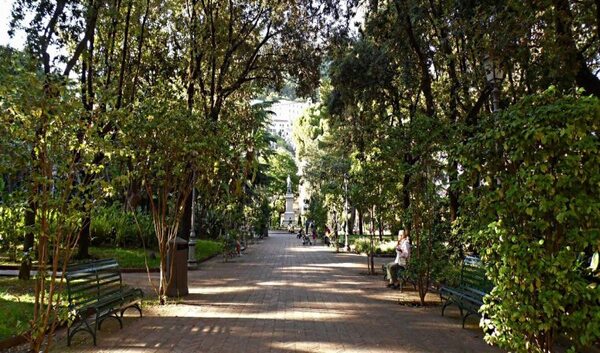
Garden "Villa Comunale" (La Villa Comunale)
Villa Comunale is considered the garden of the city, and so it was thought by those who wanted it, in 1870. It was the visiting card of the city for those coming from the north, from Vietri Sul Mare.
From November to January, the Villa Comunale of Salerno is transformed into an “Enchanted Garden” thanks to the event “Luci d’Artista“, an exhibition of bright artworks that traditionally lights the salernitan nights over the Christmas period.
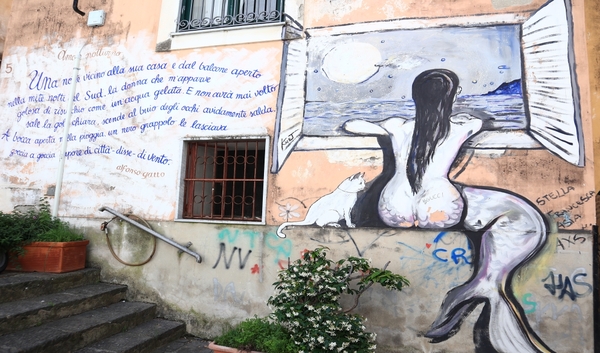
Street Art at "Fornelle" (Quartiere le Fornelle)
The Fornelle district is an ancient medieval quarter inhabited by the Amalfi people, where the famous salernitan writer Alfonso Gatto ws born.
In this district, the soul of the old Salerno, in 2014 a project called “Muri d’Autore” was launched, with the aim of recovering the link between Alfonso Gatto and his city, and of carrying out a street art intervention that would redevelop the whole area.
In 2014 a Street Art project dedicated to upgrades the neighborhood and offers an additional attraction for tourists.
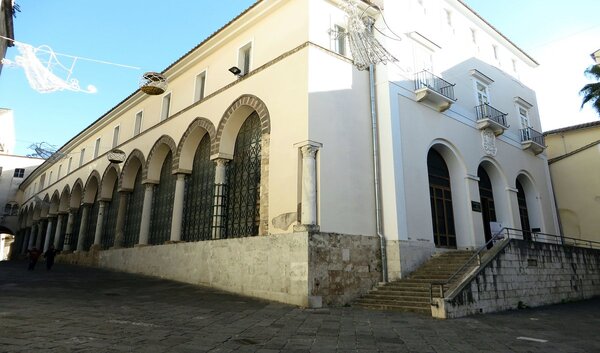
The Pomona temple (Il tempio di Pomona)
The Pomona temple is from the Roman period, when the city of Salerno, home to several temples (dedicated to Bacchus, Venus, Juno and Priapus), received the title of “College of Augustali” demonstrating the great importance during the Roman period.
Currently, the temple houses several exhibitions and cultural activities.
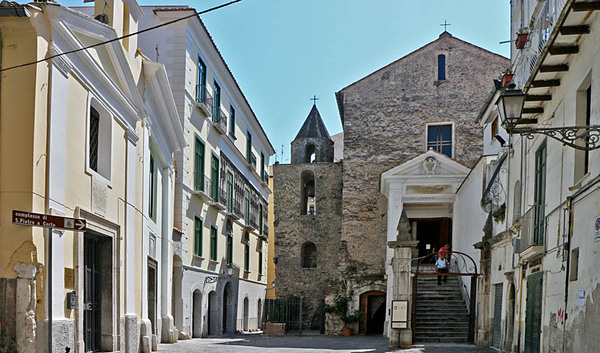
Saint Peter in court (San Pietro a Corte)
The area extends underground and on the surface, at different stratigraphic levels, and highlights documents of particular historical, archaeological and artistic interest.
In particular, the site is, by far, the only archaeological evidence of palatial architecture from the Lombard period.
Also visible are an environment attributed to a frigidarium Roman baths, a cemetery place of early Christian worship, a 12th century oratory, a probable classroom of the Salerno Medical School and the various renovations and works of art introduced starting from 1500.
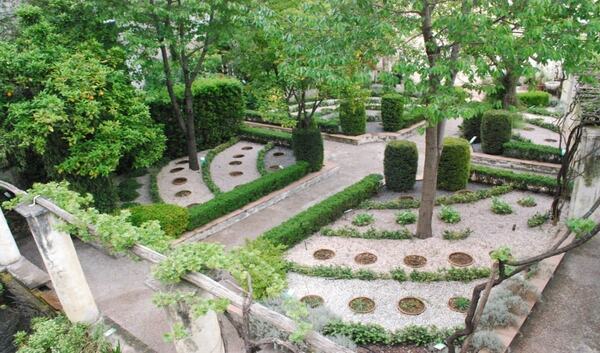
Minerva Garden (Giardini della Minerva)
Minerva Garden (Giardini della Minerva) is a botanical garden located in the historic center of Salerno.
During the Middle Ages, it was used as a simple garden for didactic purposes for the students of the Salerno medical school; for this reason, it is considered the forerunner of botanical gardens understood in the modern sense of the term.
It is part of the network “The most beautiful park in Italy”.
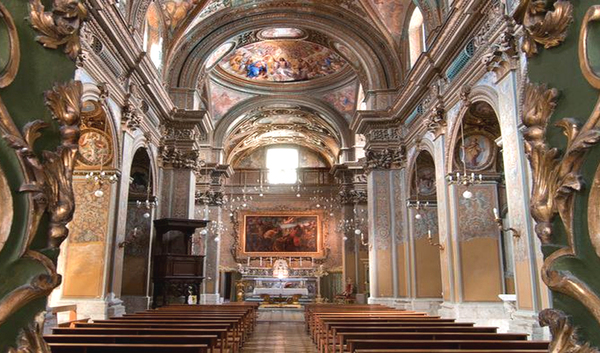
Saint George Church (Chiesa di San Giorgio)
St. George is the most beautiful Baroque church existing in Salerno, rich in frescoes of the highest quality. It was part of the convent of Benedictine nuns, now a barracks of the Guardia di Finanza and Carabinieri. It is one of the oldest monastic settlements of Salerno, which dates back to the early ninth century.
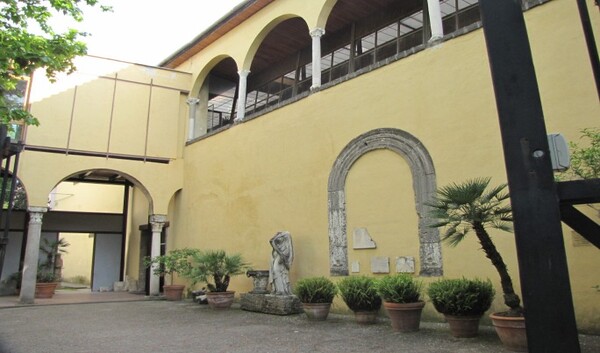
Provincial Archaeological Museum (Museo Archeologico Provinciale)
Provincial Archaelogical Museum is located in the St. Benedetto Church complex (Via San Benedetto 28). The museum collects the finds from excavations carried out in the province from prehistoric to the late Roman Empire time.
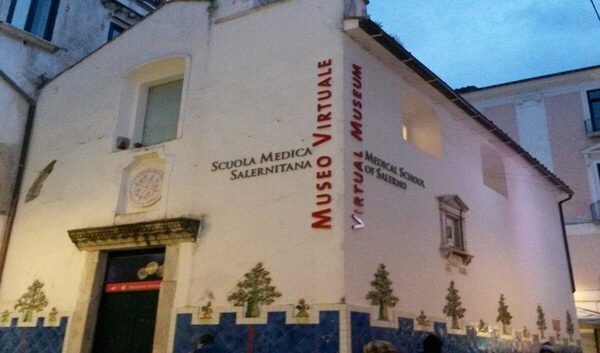
Virtual Museum of Salerno's Medical School (Museo Virtuale della Scuola Medica Salernitana)
The narrative path unfolds through interactive and exciting installations that host different content and present complex issues, made accessible by a narrative level, but rigorous, supported by animated thumbnails and spectacularisations.
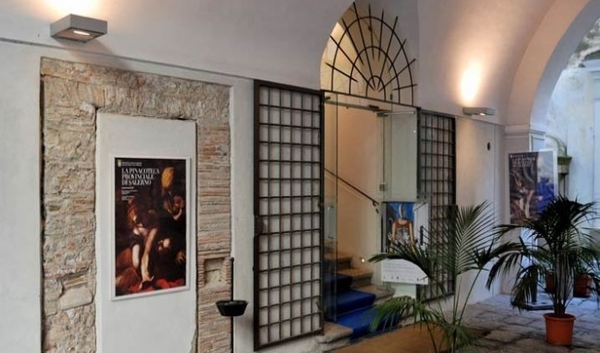
Salerno Art Gallery (Pinacoteca Provinciale di Salerno)
The provincial art gallery of Salerno is on the first floor of the seventeenth-century palace Pinto, aristocratic residence of one of the most important noble families of Salerno.
Spread throughout six small galleries, Salerno’s multi-era art museum houses a collection dating from the Renaissance right up to the first half of the 20th century.
There are some fine canvases by local boy Andrea Sabatini da Salerno, who was notably influenced by Leonardo da Vinci, plus a diverse selection of works by foreign artists who were permanent residents around the Amalfi Coast. These include intricate etchings by the Austrian-born Peter Willburger (1942–98) and an embroidered picture of a local market by Polish artist Irene Kowaliska.
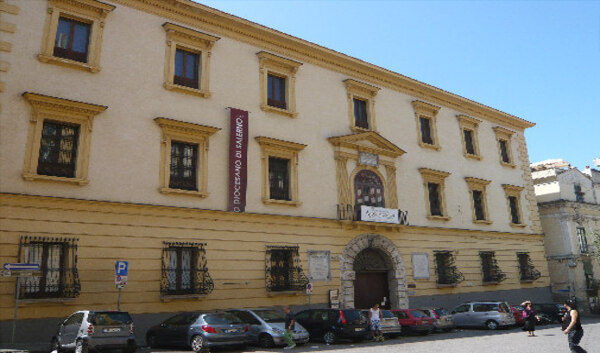
Salerno Diocesan Museum (Museo Diocesano)
The Diocesan Museum is undoubtedly the most important container of works of art of Salerno. The present location is not the original one but it corresponds to the restoration of the structure of the Diocesan Seminary, which, with the Library and Archives, is a major cultural center of the city and the province.
The artistic heritage of the Museum includes works that are from the Middle Ages to the twentieth century.
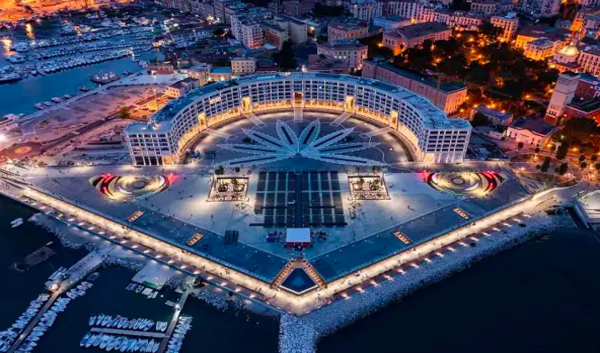
Crescente and Freedom Square (Crescent e Piazza della Libertà)
The Salerno Crescent is a new semi-circular building located at the end of the Promenade of Salerno (Lungomare di Salerno), about 30 meters high, designed by the Catalan architect Ricardo Bofill.
The Crescent, along with the Piazza della Libertà (Freedom Square), is one of the most important urban projects designed by the Municipality of Salerno.
The Bofil architect’s idea was to create a new image and identity of the seafront of Salerno, the building that decrees the opening of the city to the sea.
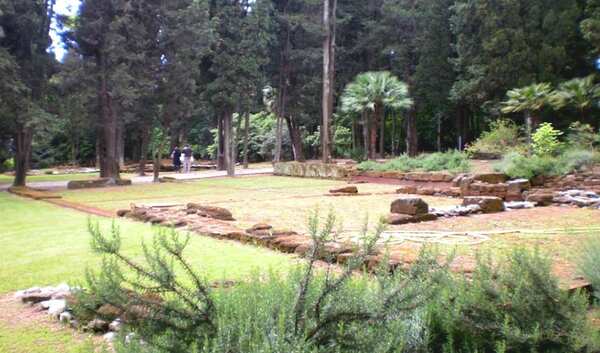
Fratte archeological area (Area Archeologica di Fratte)
The Arechi Castle is a medieval castle, situated at a height of about 300 meters above sea level, overlooking the city and the Gulf of Salerno.
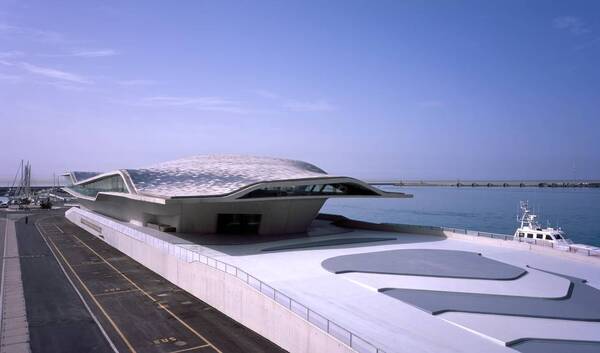
Salerno Maritime Terminal (Stazione Marittima)
The maritime terminal of Salerno in Italy, located on the Manfredi pier of the commercial port, is the main cruise hub of the city of Salerno, as well as one of the main ones in Campania and southern Italy.
The Salerno Maritime Terminal, also known as the Zaha Hadid Maritime Station, is one of the leading high-quality architectural projects built in Italy.
The terminal acts, both functionally and visually, as a fluid transition between land and sea. In fact, the spectacular views of the Amalfi Coast, Gulf of Salerno and Cilento have significantly enhanced the visual experience and intimate relationship between the city and its waterfront.
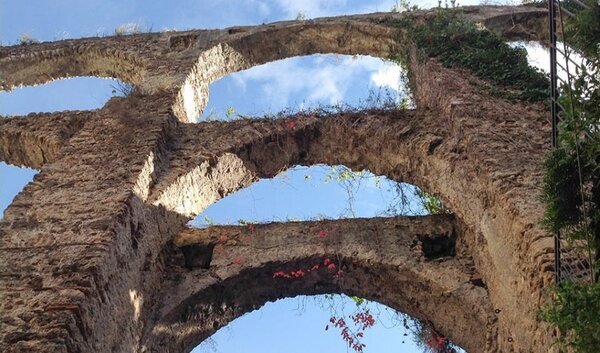
Medieval Aqueduct (Acquedotto medievale)
The medieval aqueduct of Salerno was built in the ninth century to supply water to the monastery of St. Benedict, at the eastern walls. It is located in the historic center of Salerno, under the hill Bonadies and its Arechi Castle.
The aqueduct was popularly renamed “Bridges of the Devil” and it was said that it was built in a single night, with the help of demons, by the magician of the twelfth century Peter Barliario. The popular superstition considered also that venture under the arches between dusk and dawn would bring to the meeting with devils or evil spirits.
